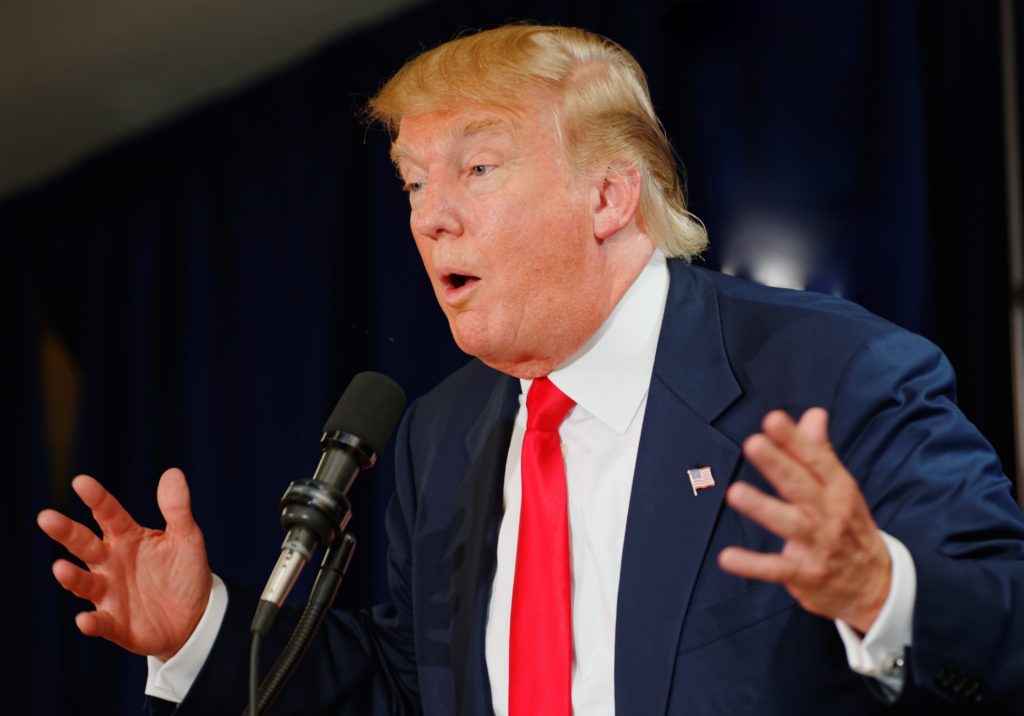Donald Trump’s inauguration fund: fake people, fake companies, and fake addresses on vacant lots

It turns out the biggest controversy surrounding Donald Trump’s inauguration had nothing to do with crowd size or the fact that almost no one wanted to perform at it. After two major newspapers published the records of donations made to the inauguration, another reporter led a crowdsourced effort which revealed that many of the records may have been falsified. That includes instances of donations being made from “people” whose names don’t exist anywhere else, and whose listed mailing addresses are vacant lots.
The process began when the New York Times and Washington Post published the Trump inauguration donation records. They were suspicious from the beginning, because Trump’s inauguration ended up being a poorly attended and comparatively small event, not justifying the large amount of donated funds. But from there, Huffington Post reporter Christina Wilkie put the records into an editable online Google Document and asked her followers on social media to help her investigate the more than fifteen hundred supposed donors. The results thus far are astounding. A few examples:
– On line 183, a $400,000 donation is listed from “Isabel T. John” who doesn’t appear to be a real person according to any available public records. Moreover one participant confirmed first hand that the listed mailing address for the donation has been a vacant lot for years.
– On lines 726 and 727 of the document, a combined $100,000 was donated from the mailing address of a nonprofit organization that appears to have only had $500 in revenue to begin with.
There are a number of these kinds of seemingly outright falsified donations to the Donald Trump inauguration. There are also quite a few entries in which the listed zip code is on the other side of the country from the listed city and state. The collaborative research is still ongoing, as the Google Doc continues to evolve. You can find it here. And if you want to follow Christina Wilkie, who spearheaded this project, you can find her here.
